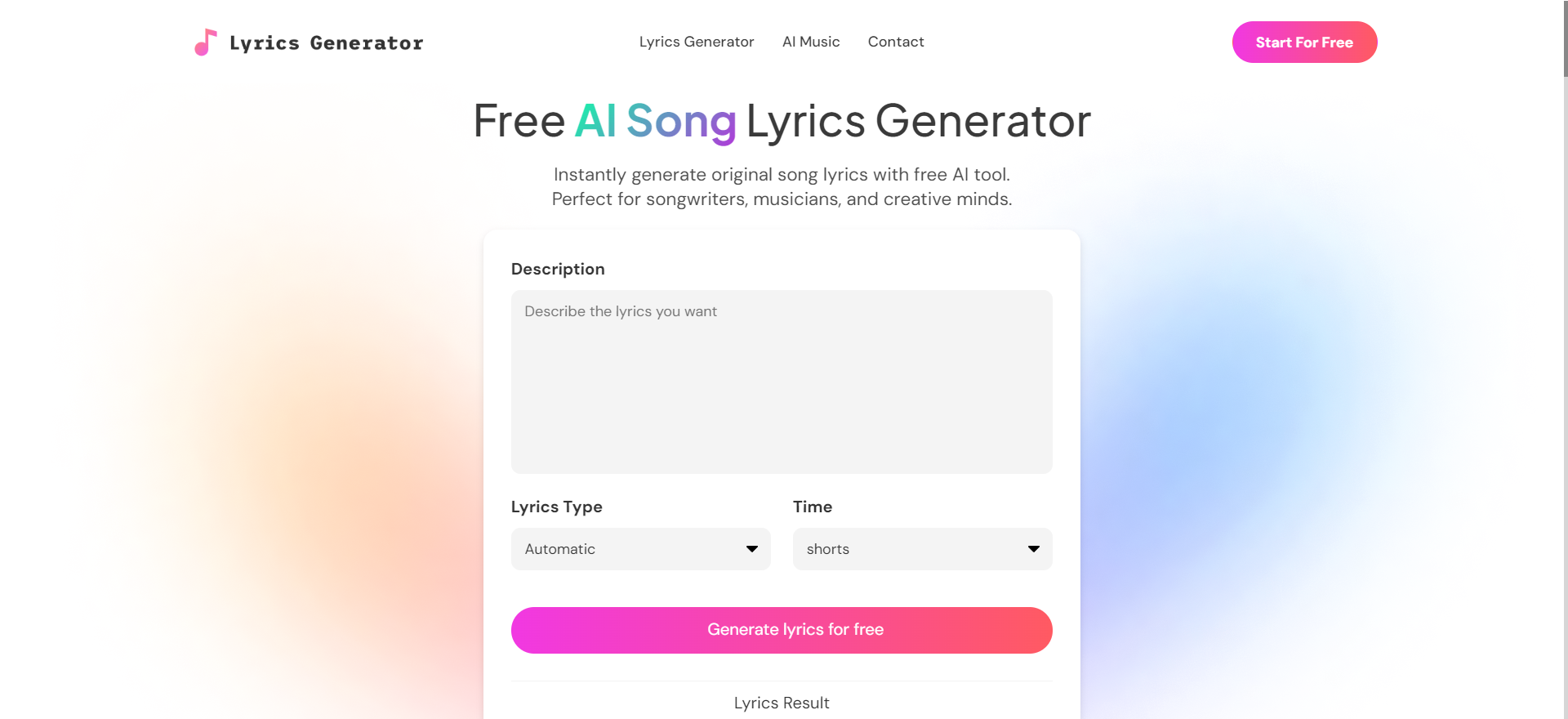In the age of rapid technological advancement, artificial intelligence (AI) continues to reshape the way we interact with the digital world. One of the most fascinating developments is AI’s ability to generate text that mimics human writing. From chatbots to content creation tools, AI-generated text is becoming increasingly prevalent, sparking discussions about its capabilities, limitations, and implications. But how does AI-generated text truly compare to human-written content? Let’s explore the key differences, advantages, and challenges of each.
The Mechanics of AI-Generated Text
AI-generated text is produced using advanced algorithms and machine learning models, such as OpenAI’s GPT (Generative Pre-trained Transformer). These models are trained on massive datasets, enabling them to understand language patterns, grammar, and context. By analyzing this data, AI can generate coherent and contextually relevant text based on user prompts.
However, AI-generated text is not inherently creative or self-aware. It relies on statistical probabilities to predict the next word or phrase in a sequence. While this process allows for impressive outputs, it also highlights the fundamental difference between machine-generated and human-authored content: AI lacks true understanding, intent, and emotional depth.

Comparison Between AI and Human Writing
The following text comes from “The Great Gatsby” by F. Scott Fitzgerald. This description not only demonstrates Fitzgerald’s gorgeous writing, but also perfectly captures the mystery and romantic temperament of the protagonist Gatsby:Let’s use AI to generate a similar description, and then take a look at the comparison.
“If personality is an unbroken series of successful gestures, then there was something gorgeous about him, some heightened sensitivity to the promises of life, as if he were related to one of those intricate machines that register earthquakes ten thousand miles away. This responsiveness had nothing to do with that flabby impressionability which is dignified under the name of the ‘creative temperament’—it was an extraordinary gift for hope, a romantic readiness such as I have never found in any other person and which it is not likely I shall ever find again.”
Here’s the AI-generated version:
“If dreams were currencies traded in the marketplace of human souls, then she was the wealthiest wanderer in that ethereal exchange. There lived in her eyes a peculiar luminescence, like starlight captured in morning dew, that could perceive beauty in the most mundane moments of existence. This wasn’t merely the practiced optimism that people cultivate in self-help seminars—it was a raw, untamed ability to see parallel universes in puddle reflections and hear symphonies in street noise. I doubt I’ll ever meet another person who could transform an ordinary Tuesday afternoon into an epic saga with just a tilt of her head and a half-formed smile.”
key differences:
1. Imagery and Metaphor Selection
- Fitzgerald’s writing: Uses the unexpected and precise metaphor of a seismograph (“intricate machines that register earthquakes”), which is both scientific and poetic. The metaphor serves a deeper purpose in understanding the character.
- AI writing: Relies on more conventional literary imagery (starlight, dew drops, reflections). While poetic, these images are more predictable and less original.
2. Structural Precision
- Fitzgerald’s writing:
- Each sentence flows naturally into the next
- The logical progression feels organic
- Transitions are seamless and purposeful
- AI writing:
- More mechanical in structure
- Obviously mimics the original’s “if-then” pattern
- Transitions feel more forced and artificial
3. Depth and Insight
- Fitzgerald’s writing:
- Penetrates to the core of human nature
- Each observation feels earned through genuine insight
- Character traits are revealed rather than stated
- AI writing:
- Tends toward surface-level observations
- Relies more on decorative language
- Character traits are more explicitly stated than revealed
4. Originality
- Fitzgerald’s writing:
- Creates fresh, unexpected connections
- Metaphors feel entirely new and purposeful
- Language breaks new ground
- AI writing:
- Clearly derivative of existing patterns
- Borrows structural elements from the original
- Combines familiar literary tropes
5. Emotional Authenticity
- Fitzgerald’s writing:
- Emotions emerge from genuine observation
- Feelings are grounded in specific detail
- The emotional impact feels earned
- AI writing:
- Emotions feel more programmatic
- Relies on conventional emotional markers
- Sentiment can feel artificial or forced
6. Language Economy
- Fitzgerald’s writing:
- Every word serves a specific purpose
- No unnecessary ornamentation
- Precision in word choice
- AI writing:
- Sometimes overwritten
- Contains decorative but unnecessary phrases
- Less disciplined in word selection
7. Contextual Understanding
- Fitzgerald’s writing:
- Deep understanding of social and historical context
- References feel natural and period-appropriate
- Cultural observations are subtle and layered
- AI writing:
- More universal but less specific
- Lacks historical/cultural grounding
- References can feel timeless but rootless
The fundamental difference lies in the authenticity of experience and depth of insight. While AI can create aesthetically pleasing prose, it lacks:
- The lived experience that informs human writing
- The genuine surprise of original metaphor
- The earned emotional resonance of human observation
This comparison reveals that while AI can mimic literary style, it struggles to replicate the deeper qualities that make great literature truly meaningful. Fitzgerald’s writing emerges from genuine human experience and observation, while AI writing, though technically proficient, remains at a remove from authentic human experience.
Advantages of AI-Generated Text
Despite its limitations, AI-generated text offers several advantages that make it a valuable tool in various contexts:
- Efficiency: AI can produce large volumes of text quickly, making it ideal for tasks like drafting emails, generating reports, or creating content outlines.
- Consistency: Unlike humans, AI does not experience fatigue or inconsistency. It can maintain a uniform tone and style across multiple pieces of content.
- Accessibility: AI tools can assist individuals with limited writing skills or non-native speakers in producing polished text.
- Cost-Effectiveness: For businesses with tight budgets, AI-generated content can reduce the need for extensive human labor in certain areas.
Striking a Balance: The Future of Writing
Rather than viewing AI as a replacement for human writers, it’s more productive to see it as a complementary tool. By leveraging the strengths of both AI and human creativity, we can achieve outcomes that neither could accomplish alone.
For instance:
- Content Drafting: Writers can use AI tools to generate initial drafts or ideas, then refine and personalize the content.
- Editing Assistance: AI-powered grammar checkers and style analyzers can help writers polish their work.
- Enhanced Creativity: By analyzing AI-generated suggestions, writers may discover new angles or approaches they hadn’t considered before.
Ultimately, the key lies in maintaining a balance where human creativity guides the process while AI enhances efficiency and scalability.

Conclusion
The differences between AI-generated text and human writing underscore the unique strengths of each. While AI excels at speed, consistency, and scalability, human writing brings depth, originality, and emotional connection to the table. As we continue to integrate AI into our workflows, understanding these distinctions will be crucial for making informed decisions about how—and when—to use this technology.
By embracing collaboration between humans and machines, we can unlock new possibilities in communication and storytelling while preserving the authenticity that makes human writing so impactful.





